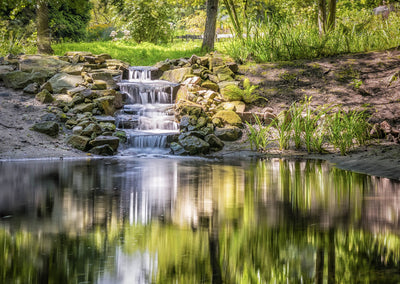The Science of Biomimicry
“When we look at what is truly sustainable, the only real model that has worked over long periods of time is the natural world” ~ Janine Benyus

Nature is the best engineer, period. Of course, it is! It has had millions of years to get design right. Have you ever wondered where the idea for Velcro came from? Interestingly, it was invented by a Swiss engineer who marveled at the tiny hooks of the cocklebur as they got stuck to his pants and his dog’s fur when they were hiking in the mountains. His observation of something in nature propelled him to invent the hook and loop fasteners for clothing (see photo below showing Velcro hook and loop design). We could say that our North American burdock burrs are similar in nature to the cocklebur. Without knowing it, the engineer used Biomimicry to create something useable. Zimbabwe engineers looked at the way termites design their mounds and from that, constructed an office complex with a similar internal climate control system. Biome Renewables looked at the design of maple seeds and kingfisher birds to learn how to build a wind PowerConeTM that channels incoming wind to address root leakage. Cypris Materials looked to butterflies to develop non-toxic structural color for coatings. The list of examples is long but most fascinating.

The Biomimicry Institute defines Biomimicry as, “A practice that learns from and mimics the strategies found in nature to solve human design challenges – and find hope along the way”. Biomimicry is only one kind of bioinspired design but what sets it apart from others is its emphasis on learning from and emulating the regenerative solutions living systems have. Biomimicry values nature for what humans can learn from it. It is not a means to allow us to extract, harvest or domesticate nature. The institute states that nature has a solution to all the challenges we face. The institute outlines that Biomimicry brings relief to a stressed planet, gets us to sustainable solutions more quickly, helps change our lens on the world and is an empathetic, interconnected, sustainable, regenerative field. If you want to learn more about Biomimicry, check out Biomimicry Institute. You can also read Janine Benyu’s book, Biomimicry; Innovation Inspired by Nature; get a free pdf copy at ResearchGate, purchase online or order through your local library.






